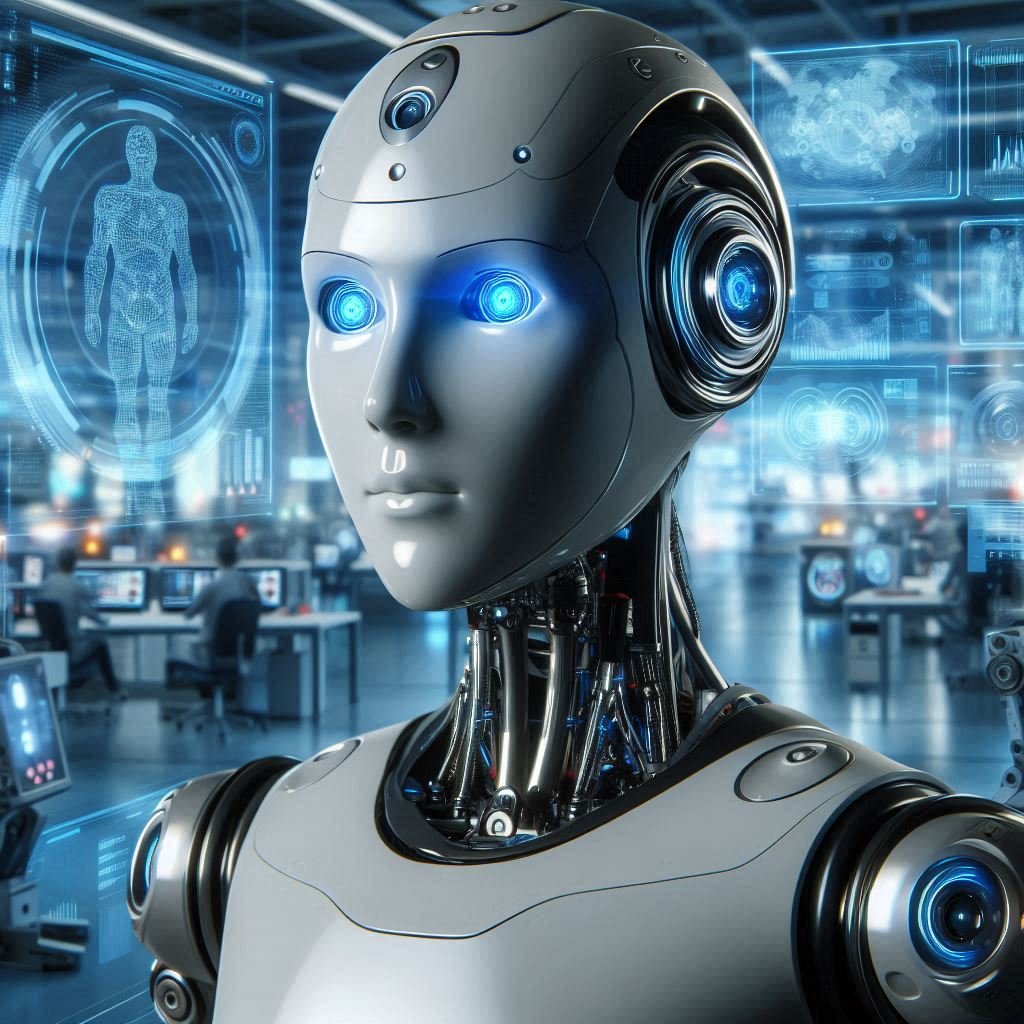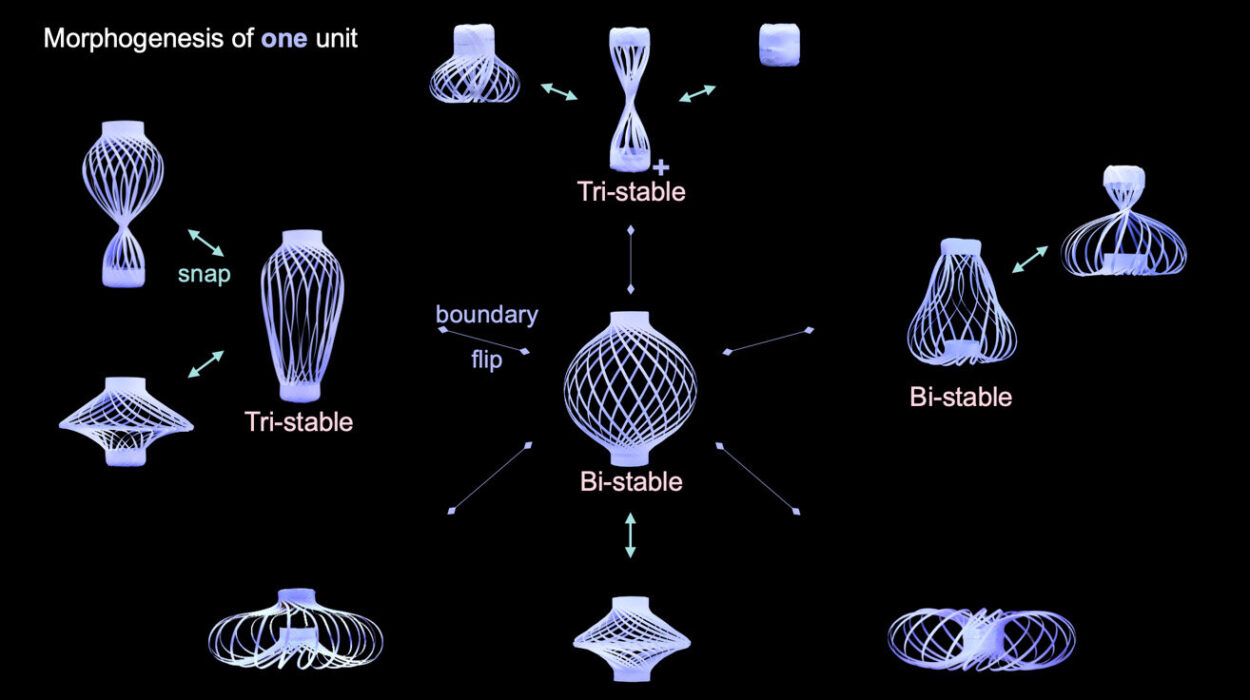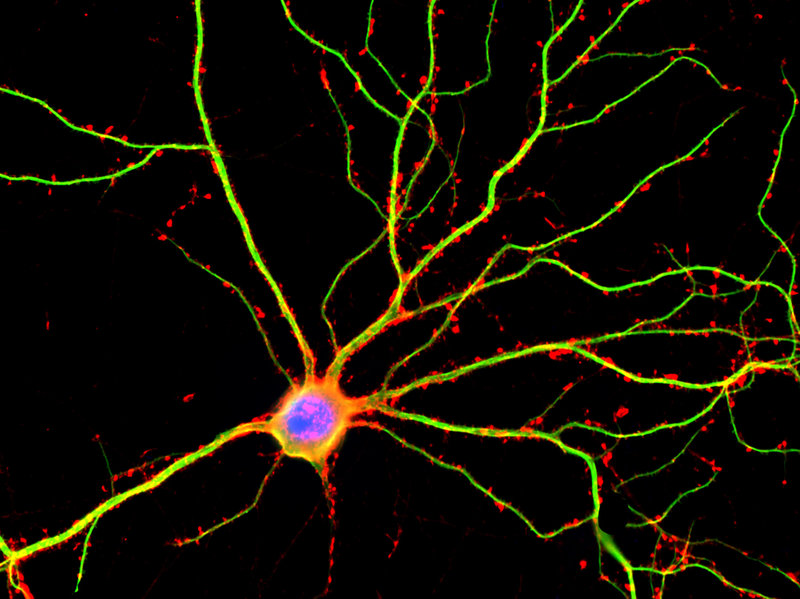Walk into a modern manufacturing facility today, and you’re likely to encounter something out of a science fiction novel from the 20th century—sleek robotic arms assembling car parts with hypnotic precision, autonomous guided vehicles (AGVs) transporting heavy loads across warehouse floors, and sensor-laden machines making decisions based on real-time data. This is not the future. This is now.
The manufacturing industry, long regarded as the backbone of industrial economies, is undergoing one of the most profound transformations in its history. At the heart of this transformation lies robotics—the convergence of mechanical engineering, electronics, software, and artificial intelligence. Robots are no longer confined to repetitive, dangerous tasks behind safety cages. They are smarter, more flexible, and increasingly collaborative. Their integration is not just reshaping factory floors; it is redefining the economics, the labor dynamics, and the very essence of how products are made.
This article explores how robots are changing manufacturing industries—tracing their evolution, understanding their types, analyzing their impacts, and envisioning what the future holds. It is a journey through innovation, challenge, adaptation, and opportunity.
A Brief History of Robotics in Manufacturing
The story of robots in manufacturing begins in the mid-20th century, a period marked by rapid industrial expansion and a growing appetite for automation. The first industrial robot, the Unimate, was introduced in the early 1960s at a General Motors plant. It was a massive, hydraulically powered machine programmed to handle hot metal parts—a dangerous task for humans.
Unimate’s introduction was revolutionary, but it was just the beginning. Through the 1970s and 1980s, industrial robots became more widespread, especially in automotive manufacturing. They were large, expensive, and primarily used for tasks like welding, painting, and material handling. These early robots were rigid, pre-programmed, and operated in isolated environments.
The 1990s and early 2000s saw advances in computing and sensor technologies, leading to more precise and adaptable machines. Robotics began to spread beyond automotive plants into electronics, pharmaceuticals, and food production.
However, the most significant changes came in the past decade with the advent of smart robotics—machines capable of learning, adapting, and working alongside humans. From simple mechanical arms to intelligent cobots, the evolution has been rapid and transformative.
The Rise of Collaborative Robots (Cobots)
Perhaps the most paradigm-shifting development in modern robotics is the emergence of collaborative robots, or “cobots.” Unlike traditional industrial robots that operate in fenced-off areas, cobots are designed to work alongside humans in shared spaces.
Cobots are equipped with sensors, vision systems, and safety mechanisms that allow them to detect human presence and avoid collisions. They can be taught new tasks through demonstration, reducing the need for complex programming. Their flexibility makes them ideal for small and medium-sized enterprises (SMEs) that require adaptable automation solutions.
In electronics assembly, cobots are used to place delicate components on circuit boards. In packaging and logistics, they assist with sorting and palletizing. In medical device manufacturing, they handle intricate tasks requiring both precision and sensitivity. What makes cobots game-changing is their accessibility: they are typically smaller, cheaper, and easier to deploy than traditional robots, making automation possible even for smaller operations.
Autonomous Mobile Robots: Logistics Reimagined
While robotic arms dominate the production line, another breed of robots is revolutionizing internal logistics—Autonomous Mobile Robots (AMRs). These robots are equipped with sensors, cameras, and mapping technologies that enable them to navigate complex environments without human intervention.
In warehouses, AMRs transport raw materials, components, and finished goods between stations, reducing the need for forklifts and manual labor. They can adapt to changing layouts, reroute around obstacles, and even coordinate with each other in real time.
For example, in a factory that produces consumer electronics, AMRs can retrieve components from inventory, deliver them to assembly stations, and then transport finished products to shipping areas. This streamlining reduces downtime, increases productivity, and enhances overall efficiency.
AMRs represent the convergence of robotics and artificial intelligence—machines that not only perform tasks but also perceive, decide, and adapt. They are an essential part of the emerging concept of the “smart factory.”
Robots and Precision: The Rise of Quality and Consistency
One of the defining characteristics of robots is their consistency. Unlike humans, robots do not tire, lose focus, or make mistakes due to fatigue. This makes them invaluable in tasks requiring high precision.
In sectors such as aerospace and medical manufacturing, where tolerances are often measured in microns, robots ensure quality through meticulous execution. Robotic arms equipped with force sensors can perform micro-assembly of delicate parts, while vision-guided robots can inspect products for defects invisible to the human eye.
Take semiconductor manufacturing—a field where a single speck of dust can ruin a chip. Robots perform tasks in ultra-clean environments with astonishing precision, ensuring that every product meets exacting standards. As consumer expectations for quality continue to rise, robotics provides the consistency manufacturers need to stay competitive.
Human-Robot Collaboration: Not a Replacement, But an Enhancement
A common fear surrounding robotics is that they will displace human workers. While it is true that robots have replaced some repetitive or hazardous jobs, the broader reality is more nuanced.
In many manufacturing settings, robots do not replace workers—they enhance them. By taking over dull, dirty, and dangerous tasks, robots free humans to focus on more complex, creative, or supervisory roles. In fact, some roles are only possible because of robots. For instance, in custom manufacturing environments, a human might program or guide a cobot to perform a unique task, combining human intuition with robotic precision.
This symbiotic relationship extends to safety. Robots can work in hazardous conditions—such as extreme temperatures, toxic environments, or heavy lifting scenarios—reducing workplace injuries and improving overall safety.
The rise of human-robot collaboration is not about choosing between people or machines. It’s about finding the optimal balance where each complements the other’s strengths.
AI and Machine Learning: The Brains Behind the Brawn
The next frontier of robotics in manufacturing isn’t just about mechanical ability—it’s about intelligence. Artificial intelligence (AI) and machine learning (ML) are transforming robots from mere tools into adaptive partners.
AI-powered robots can analyze vast amounts of data from sensors, production lines, and inventory systems to make decisions in real-time. For example, a robot might detect that a batch of components is slightly out of spec and automatically adjust its grip or motion to accommodate the variation.
Machine learning enables predictive maintenance. Instead of waiting for a machine to fail, AI systems monitor vibration, temperature, and performance data to predict when a part is likely to wear out. This minimizes downtime and maximizes efficiency.
AI also allows for process optimization. Robots can learn from past operations, identify bottlenecks, and suggest improvements. In short, the brainpower of AI gives the brawn of robotics new depth—turning static processes into dynamic, intelligent systems.
Customization and Agile Manufacturing
Traditional mass production emphasized uniformity and scale. But today’s consumers demand customization—whether it’s a car with specific features or a pair of sneakers designed to personal taste. Robotics makes this level of customization economically viable.
Flexible robotic systems can be reprogrammed quickly to switch between product lines. With advanced grippers and vision systems, a single robotic cell can handle a variety of components and tasks. This agility allows manufacturers to produce small batches of custom products without retooling entire assembly lines.
In agile manufacturing environments, robots enable just-in-time production, minimizing inventory and reducing waste. They also allow for rapid prototyping, where new products can be designed, tested, and refined quickly.
Robots are not just tools of efficiency; they are enablers of creativity, allowing manufacturers to respond to market demands with speed and precision.
The Global Impact: A Tale of Reshoring and Workforce Evolution
Globalization once drove manufacturers to offshore production to countries with cheaper labor. However, the rise of robotics is reversing this trend. With automation reducing the cost advantage of low-wage labor, many companies are reshoring production to be closer to markets, improve quality control, and reduce supply chain risks.
This shift has significant implications for global trade, regional economies, and workforce development. In countries like the U.S., Germany, and Japan, advanced manufacturing with robotics is creating high-skilled jobs in engineering, programming, and systems integration.
At the same time, the workforce is undergoing a transformation. The new manufacturing worker is as likely to use a tablet as a wrench. Skills in robotics, data analysis, and machine interfaces are becoming essential. Educational systems and vocational training programs are evolving to meet these new demands.
The impact of robotics is not simply economic—it is societal. It’s about how nations prepare their people for the jobs of tomorrow.
Challenges and Ethical Considerations
Despite the promise of robotics, the path is not without challenges. One major concern is the displacement of low-skill jobs. As robots take over certain tasks, there is a risk of widening income inequality unless workers are retrained and supported in transitioning to new roles.
There are also cybersecurity concerns. As factories become more connected, they become more vulnerable to hacking and data breaches. Protecting robotic systems from cyber threats is as important as physical safety.
Ethical questions also arise. How should robots behave in situations where safety and production efficiency conflict? Who is responsible when a robotic system fails? As machines become more autonomous, the line between tool and agent becomes blurred.
These challenges require thoughtful policy, inclusive dialogue, and a commitment to ensuring that the benefits of robotics are widely shared.
The Future: Intelligent, Sustainable, and Human-Centric
Looking ahead, the role of robots in manufacturing will only grow. But future factories will not be soulless machines humming in the dark. They will be smart, sustainable, and deeply human-centric.
Robots will continue to integrate with IoT systems, sharing data across networks to create real-time awareness of every aspect of production. Edge computing will enable faster decision-making at the source. Energy-efficient robots will reduce the environmental footprint of manufacturing. Modular, reconfigurable robotic systems will allow factories to evolve with market needs.
Moreover, the emotional barrier between humans and robots will shrink. As robots become more intuitive and collaborative, they will be seen not as threats, but as teammates—working alongside us to build a better world.
The ultimate promise of robotics in manufacturing is not just productivity—it’s empowerment. Empowering workers to do more meaningful work. Empowering companies to innovate. Empowering societies to prosper sustainably.
Conclusion: Building the Future, One Robot at a Time
The story of how robots are changing manufacturing is one of progress, complexity, and potential. It is a story still being written, in factories large and small, in cities and rural towns, across every continent.
Robots have gone from being tools of industrial giants to accessible allies for businesses of all sizes. They have moved from behind safety cages into the heart of production lines, working with and for people. They have evolved from mechanical arms to intelligent partners capable of learning, adapting, and optimizing.
Manufacturing, once defined by muscle and repetition, is now characterized by intelligence, precision, and agility. Robotics is not replacing human ingenuity—it is amplifying it.
As we stand on the cusp of the next industrial revolution, one thing is clear: the factories of the future will be built not just by hands, but by the harmonious interplay of humans and machines. And with every robotic motion, every line of code, every spark of innovation—we are forging a new era of manufacturing, one that is smarter, safer, and more human than ever before.






